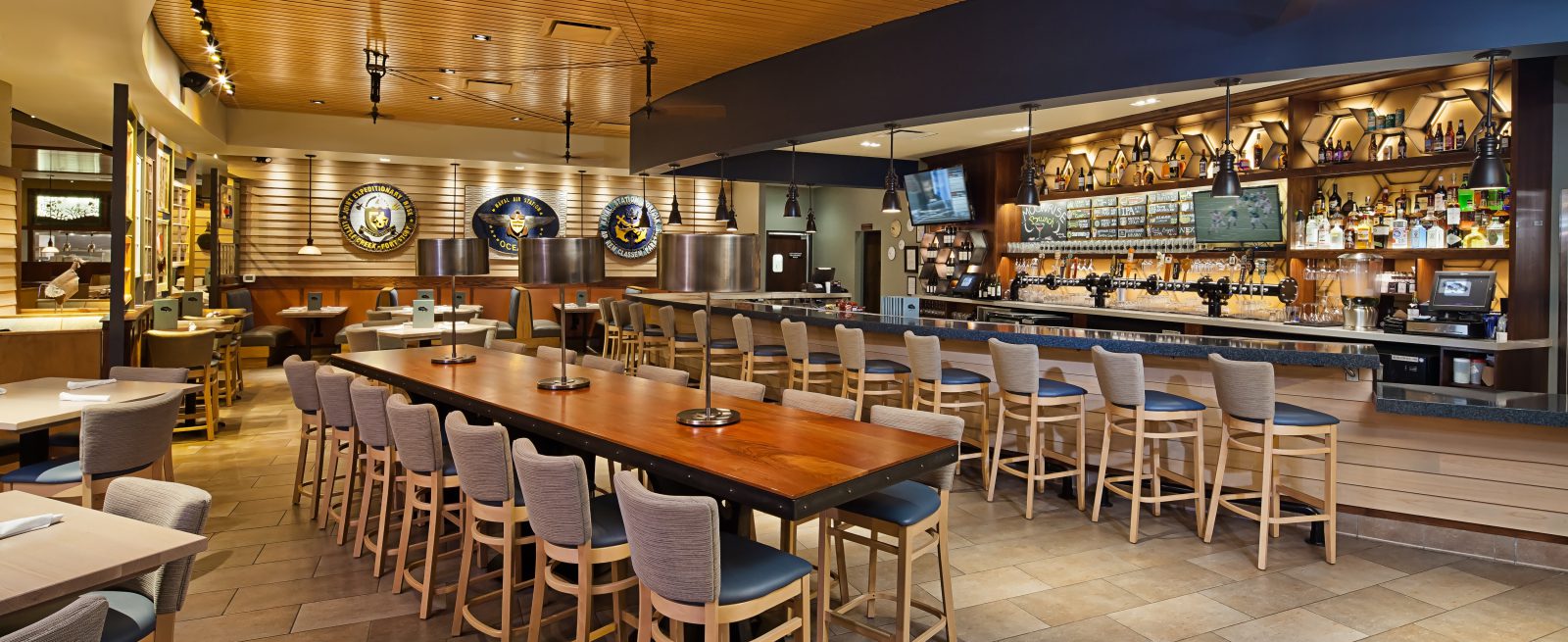How to Grow in the New Economy
4 Min Read By Steve Starr
One measurement of a restaurant’s success is the return on investment (ROI), which is simply the measure (per period) of the rate of return on the money invested. In the restaurant world, we’re looking at comparing the total capital expenditure to get the restaurant up and running against the profits that the restaurant generates and the length of time it takes for those profits to cover the initial capital investment. As long as I’ve been involved in the restaurant industry, that ROI has been targeted at three years. Additionally, the return on capital was always targeted at annual sales equaling three times the capital investment.
However, we’re now seeing conditions that are challenging those norms of the past. On a macro scale, construction costs are rapidly increasing at a rate never before seen in my lifetime, while industry profits are rising at a slower rate. It seems that what has worked in the past may not work in the future.
So how can a restaurant owner prepare…
Sorry, You've Reached Your Article Limit.
Register for free with our site to get unlimited articles.
Already registered? Sign in!


